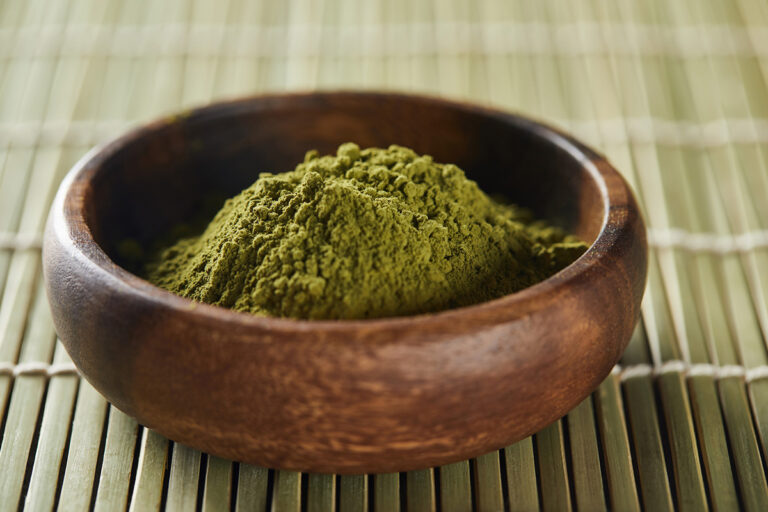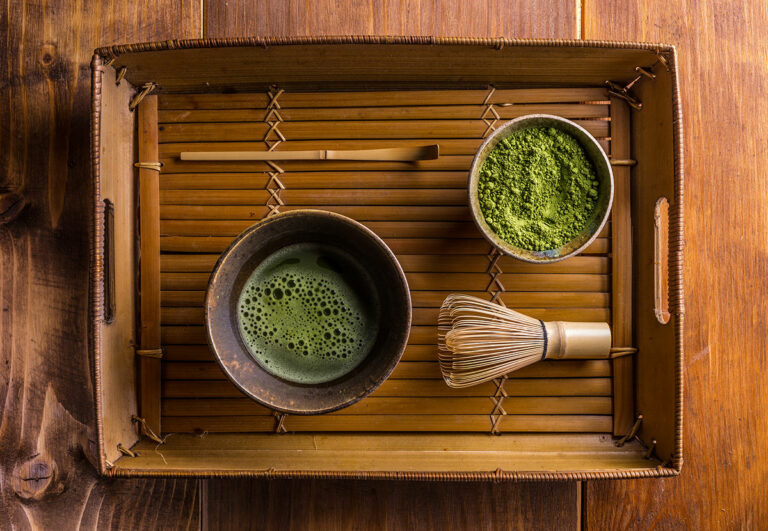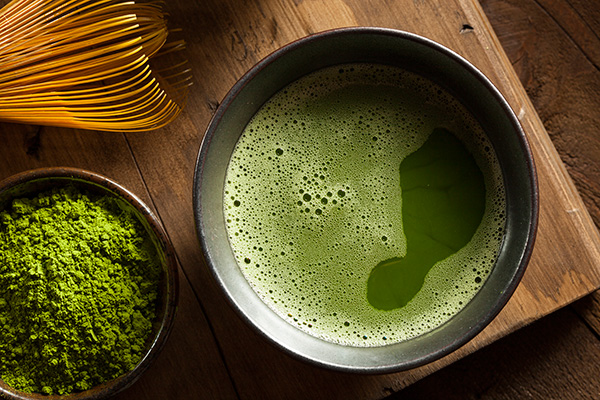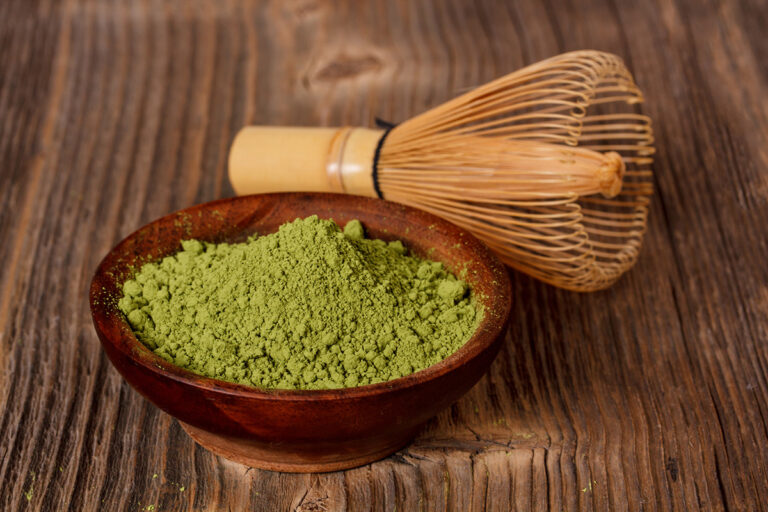Matcha Tea 101: Benefits, Side Effects, and More
Dive into the world of matcha, a unique type of green tea that has been gaining global recognition for its health benefits, taste, and cultural significance.
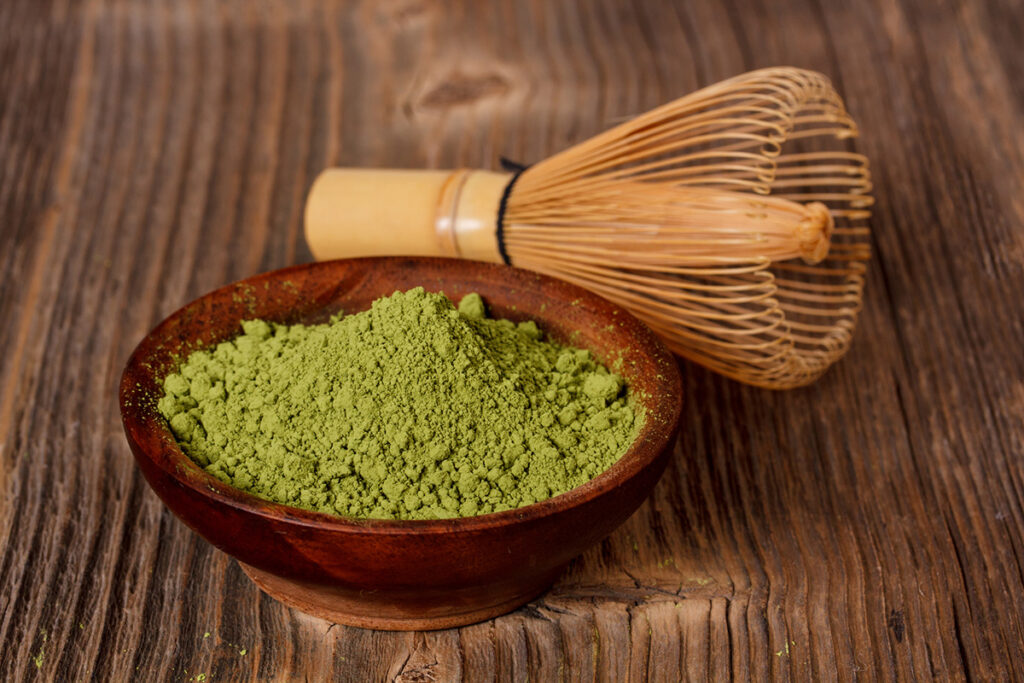
What Is Matcha Tea?
Matcha is a finely ground powder made from specially grown and processed green tea leaves. The tea plants destined for matcha are grown in the shade for the last few weeks before harvest, leading to an increase in chlorophyll levels and a vibrant green color. The leaves are carefully harvested, steamed, dried, and then ground into a fine powder.
Potential Health Benefits of Matcha Tea
Matcha tea is revered not only for its traditional importance in Japanese tea ceremonies but also for its numerous health benefits.
Rich in Antioxidants
Matcha is packed with antioxidants, including the powerful EGCg. Antioxidants help stabilize harmful free radicals in the body, which can damage cells and cause chronic disease.
Enhances Calm
Matcha is rich in L-Theanine, an amino acid known to promote a state of relaxation and well-being. L-Theanine can help create a calming effect without inducing drowsiness.
Boosts Memory and Concentration
The L-Theanine in matcha also produces dopamine and serotonin. These two chemicals serve to enhance mood, improve memory, and increase concentration.
Increases Energy Levels and Endurance
The combination of natural caffeine and L-Theanine in matcha provides a sustainable energy boost without the typical jitters or crashes associated with coffee.
Matcha Tea Side Effects
Despite the many benefits, consuming matcha tea might also present a few potential side effects.
Overconsumption Can Lead to Caffeine Overdose
Because matcha contains caffeine, excessive consumption can lead to symptoms like insomnia, nervousness, and an increased heart rate.
Possible Lead Contamination
Certain low-quality or improperly grown matcha teas may contain lead absorbed from the environment. It’s essential to choose a trusted, high-quality matcha brand.
Matcha Grades
There are two main grades of matcha, which differ in the production process, flavor profile, and intended use.
Culinary Grade Matcha
Culinary-grade matcha is slightly less refined and has a more robust flavor, making it perfect for cooking and baking.
Ceremonial Grade Matcha
Ceremonial grade matcha is the highest quality available. It’s made from the youngest tea leaves, with the stems and veins entirely removed. This grade is best enjoyed whisked with hot water.
Best Matcha Powders to Try
We have conducted extensive taste testing of matcha, encompassing both ceremonial and culinary grades, in the form of powder and sticks, with different price points. After careful testing, we have distilled our top choices for both tea brewing and latte making.
Here are the best matcha powders we have found.
How to Make Matcha Tea
Follow these simple steps to craft the perfect matcha brew:
- Choose your matcha: Start with high-quality matcha powder. The quality will directly affect the taste of your tea.
- Sift the matcha: Use a fine sieve to sift 1-2 teaspoons of matcha into a bowl. This prevents clumping and allows for a better infusion of the matcha powder.
- Add water: Pour hot (but not boiling) water into the bowl. The recommended ratio is typically 1-2 teaspoons of matcha per cup of water, but this can vary based on brand.
- Whisk: Whisk the mixture until it becomes frothy. Traditionally, a bamboo whisk is used, but a regular kitchen whisk can also work.
The steps above are merely general guidelines. Always check the packaging of the specific brand you’re using for any additional instructions or specific proportions.
Final Thoughts
Matcha tea is a versatile beverage with numerous health benefits. Whether you prefer it straight, in a latte, or even in your food, there’s a way for everyone to enjoy matcha.
FAQ
What Does Matcha Tea Taste Like?
Matcha has a unique, complex taste characterized as grassy and slightly bitter, followed by a lingering sweetness. The flavor can vary based on the quality of the tea. Some people describe a ‘fishy‘ flavor, likely due to the chlorophyll and amino acids present in the tea leaves.
What to Put In Matcha Tea to Make It Taste Better?
If the flavor of pure matcha is too intense, you can add sweeteners like honey or agave nectar. Dairy or plant-based milks can also be added to create a matcha latte. Some people also enjoy adding a squeeze of lemon or a hint of vanilla.
There are also other ways to enhance the taste of matcha without introducing any additives.
When Is the Best Time to Drink Matcha Tea?
The best time to drink matcha tea depends on your personal routine and sensitivity to caffeine. Some people prefer to have it in the morning for a gentle, sustained energy boost. However, given its calming properties, it can also be enjoyed in the afternoon or early evening. It’s advisable to avoid drinking it late at night to prevent potential sleep disruption.
Does Matcha Powder Expire?
While matcha powder doesn’t exactly “expire,” its quality and freshness diminish over time. Generally, matcha powder should be consumed within 1-2 months of opening. To preserve its quality, it should be stored in an airtight container in a cool, dark place.
Why Is Matcha So Expensive?
The cost of matcha reflects its labor-intensive production process, from the special cultivation of the tea plants to the traditional grinding technique. Moreover, the best matcha comes from Japan, and the export process can also add to the cost.
How Much Matcha Can You Drink Per Day?
While matcha is generally safe to drink every day, the amount depends on your caffeine tolerance. A common recommendation is to limit matcha tea consumption to 1-2 cups per day. However, remember to follow the manufacturer’s guidelines for the specific brand you’re using.
Is Matcha Good for Weight Loss?
Matcha may aid in weight loss due to its ability to increase metabolism and fat oxidation. However, it’s not a magic bullet and should be consumed as part of a balanced diet and healthy lifestyle.
What Are the Most Popular Matcha Blends?
Matcha is highly versatile and can be blended with many ingredients. One popular blend is matcha and turmeric, known for its anti-inflammatory and antioxidant properties. Other popular blends include matcha lattes with almond or coconut milk, and matcha smoothies with fruits like bananas or berries.
Remember, the possibilities are endless, and the final taste depends on your personal preference.
Is Matcha Tea Good Before a Workout?
Matcha tea can be an excellent choice before a workout. Matcha is a form of green tea that is high in EGCG and other antioxidants. The caffeine content can help boost your energy levels and focus for a workout.

